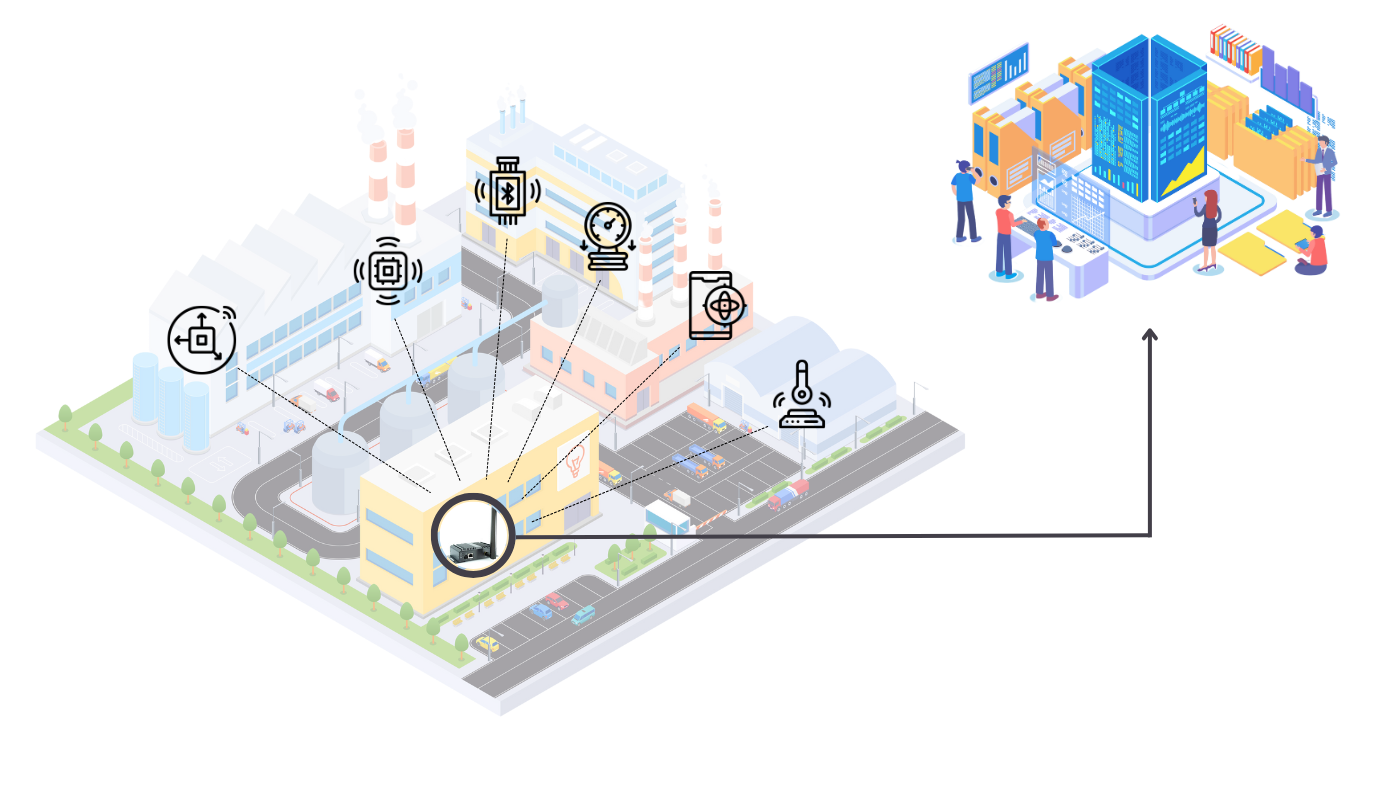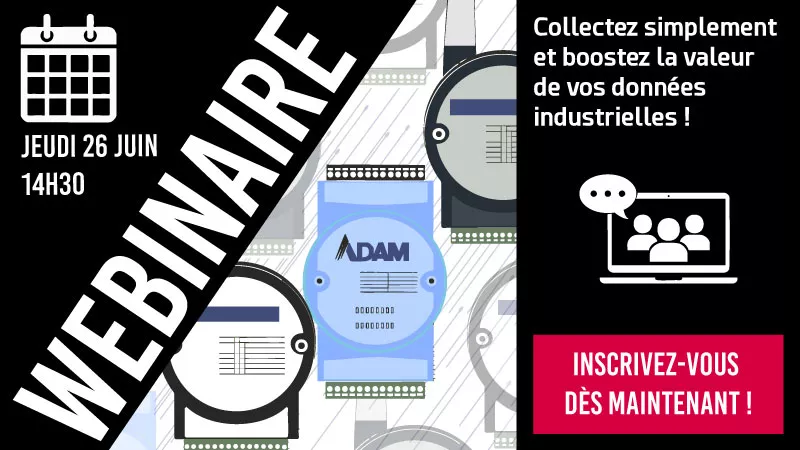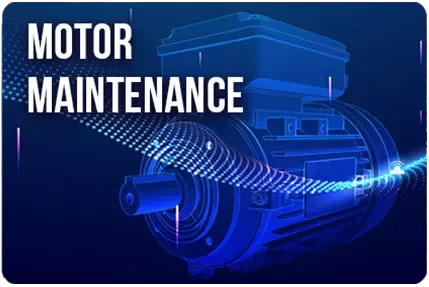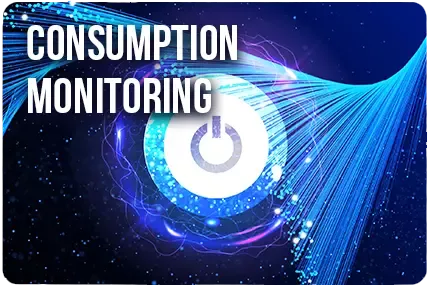Table of contents
- What is the LoRaWan protocol
- History and definition
- The typical architecture of a LoRa network
- The private LoRa network
- How to deploy a private LoRaWan network
- The public LoRa network
- Comparison of public LoRa network and private LoRa
- Deployment Costs
- Network Coverage
- Equipment Compatibility
- Data Security and Protection
What is the LoRaWan protocol
History and definition
LoRa is a low frequency radio network, created in 2009 by a French startup (Cycléo), and then acquired in 2012 by the American semiconductor company Semtech.

LoRaWAN (Long Range Wide-Area Network) is a communication protocol based on the LoRa network.
The goal of LoRaWAN is to enable the communication of information between low-power devices (such as battery-powered sensors) and software on local networks or in the cloud. In this energy-saving goal, LoRaWAN is specially designed to transmit small amounts of data with a low data rate. Example: measuring ambient temperature every 15 minutes.
One of the main features of the LoRa network is its extended range: it is a wireless network allowing communication up to several kilometers*.
* In areas crowded with large metallic obstacles or infrastructure, the range of the network is limited. However, it remains significantly greater than that of the most popular wireless network: Wi-Fi.
* In areas crowded with large metallic obstacles or infrastructure, the range of the network is limited. However, it remains significantly greater than that of the most popular wireless network: Wi-Fi.
The typical architecture of a LoRa network

To set up a LoRa network, two types of devices are necessary:
- Transmitters, often sensors (temperature, vibration, current, etc.).
- Receivers, commonly referred to as gateways.
The gateways are equipped with a LoRa radio antenna, which allows them to receive messages sent by the sensors.
Depending on your geographical area, the frequency bands used and authorized for the LoRa network are different:
Europe: 863 - 870 MHz / 433 MHz*
United States: 902 - 928 MHz
China: 470 - 510 MHz / 779 - 787 MHz
Australia: 915 - 928 MHz
India: 865 - 867 MHz
Asia: 433 MHz
North America: 915 MHz
* The 863 - 870 MHz bands will have a theoretical range greater than the 433 MHz band, but the latter will be more suitable for environments crowded with infrastructure and congestion.
Make sure you have compatible equipment according to the authorized frequency bands in your region.
The purpose of the gateway is to receive the messages sent by connected sensors, to decode these messages, and then to send the decoded data to the desired software or database.
LoRaWAN messages are sent in hexadecimal format. Sensor manufacturers provide technical documentation to transform this raw data into intelligible data.
For example: for a current sensor e-green Sensor from the brand TCT, the raw data received in LoRaWAN is: "a00808970b00060a1039". Once decoding is complete, the gateway returns the following data:
[
[
{
"payload":{
"d":{
"XXXXX":{
"Val":{
"XXXXX:temperature":21.99,
"XXXXX:current":0.06,
"XXXXX:voltage":4.153
}
}
},
"ts":"2024-12-31T10:56:56.063Z"
}
}
]
]
The private LoRa network
Whether public or private, the architecture of the LoRa network remains unchanged (see previous section). The main difference lies in the LoRa gateway.
When setting up a private network (or operated network), you deploy a private gateway dedicated to this purpose on your site. This gateway resembles a small computer with a LoRa receiving antenna and network management software, called LNS (LoRa Network Server). The LNS primarily serves to connect your various LoRaWAN sensors and devices with your gateway and to manage the decoding of packets.
Integral System works in collaboration with Advantech, which provides a dedicated industrial LoRa gateway: the Wise-6610. This gateway is built from metal, designed to operate between -40 °C and +75 °C, and is guaranteed by the manufacturer, ensuring industrial longevity. It features a proprietary LNS from Advantech, for which Integral System offers technical documentation as well as support.
There are different LNS that you can install on traditional operating systems to create your own LoRa gateway. ChirpStack is an open-source LNS, widely used in the LoRaWAN world.
To create your own gateway, you will also need a LoRaWAN receiving module as well as an antenna.
How to deploy a private LoRaWan network
In practice, to deploy a private network, you just need to connect a LoRaWAN gateway that includes an LNS.
Once the gateway is powered on, it will be able to listen to the LoRaWAN packets that are transmitted over the network that the antenna can capture.
The next step is to connect your sensors to your gateway via the LNS and configure your packet decoders to redirect the data to the software or database of your choice.
The next step is to connect your sensors to your gateway via the LNS and configure your packet decoders to redirect the data to the software or database of your choice.
Note that if the target software is not on the same network as your gateway, you will need to connect it to the Internet via an Ethernet cable or a 4G SIM card.
There are different versions of the Advantech Wise-6610 gateway, including a 4G version that features a SIM card reader and two additional antennas to provide cellular Internet connectivity.
If you have another gateway or a standard version, it is also possible to connect a standalone 4G router via an Ethernet cable to provide Internet connectivity to the gateway.
If you have another gateway or a standard version, it is also possible to connect a standalone 4G router via an Ethernet cable to provide Internet connectivity to the gateway.
Integral System offers an industrial 4G router in addition to its gateways if necessary: the ICR-2031.
The public LoRa network
As explained above, the main difference between a managed LoRa network and a public network lies in the gateway.
In the latter case, it is the telecom operator you choose who retrieves your data and sends it back to your software by providing its own gateways.
Setting up sensors using the public LoRa network follows the same logic as that of a private network. The operator provides a web-accessible LNS via a browser. You can connect your devices there and configure the forwarding of data to your software.
Integral System also offers the deployment of sensors on the public LoRa network of Orange (LiveObjects). Our sensors are certified compatible with the public network and we provide the associated data decoders.

Since December 2024, the public LoRa network offering from the operator Bouygues Telecom (Objenious) has been discontinued. The operator's strategy lies in the deployment of private LoRa networks.
Orange is now the only operator offering a public LoRa service with LiveObjects.
Comparison of public LoRa network and private LoRa
Deployment Costs
The deployment of a private network necessarily involves the ownership of one or more gateways (see here the public price of the Wise-6610). Depending on the size of your installation and the number of sensors you wish to deploy, the overall cost varies.
The use of the public network is subject to monthly payments based on the number of paired sensors (a few euros per month, per sensor).
The use of the public network is subject to monthly payments based on the number of paired sensors (a few euros per month, per sensor).
The calculation is as follows: when the annual cost of the public LoRa subscription approaches the fixed cost of a gateway, it is time to consider deploying a private network on your site.
The overall cost of deploying the network can vary. In general, it is necessary to plan for the intervention of an industrial integrator who will generally offer you a preliminary coverage study to determine the number of gateways you will need.
Network Coverage
The public LoRa network of Orange currently covers 95% of the French population and more than 30,000 municipalities. You can also check here if your area is covered by the public network.
In some rural or very dense areas, public coverage may prove insufficient to ensure the transmission of your data. In this case, you will need to deploy a private network.
The deployment of a private network is also subject to a technical constraint: the area covered by the gateway. This is why it is recommended to involve an industrial integrator when you want to deploy a private LoRa network. The latter generally offers a network coverage study and determines the number of gateways you need for your project.
Equipment Compatibility
If the LoRa frequency bands are respected, all sensors can be used regardless of the type of network you have. However, if your sensors come from lesser-known or less widespread manufacturers in Europe, the data decoder necessary for decrypting your messages may not be available on LiveObjects. In this case, we offer data decoder drafting and their integration into LiveObjects for your sensors.
The issue is similar in the case of private gateways. However, Integral System systematically offers a set of sensors compatible with a selection of industrial gateways, whose decoders have been previously validated.
Data Security and Protection
If your organization has the necessary internal resources to manage a network and IT infrastructure (edge computing, local servers, software installed on your network…), you will encounter network security issues when using public LoRa.
Indeed, to redirect your data to your software, it will be necessary to open an Internet connection between LiveObjects (Orange) and your infrastructure. Deploying a private gateway connected only to your network frees you from this connection step and ensures the impermeability of your network with the Internet.
In some cases, the software to which you want to send your decoded data is located in the cloud (SaaS). An Internet connection is then required for the gateway. In this situation, if your internal policy does not allow you to use your network, we offer autonomous 4G routers (see here the public price of the ICR-2031) that provide a cellular Internet connection and connect via RJ45 to your gateway.
The podcast will soon be available in English. Enable the automatic subtitles in the meantime.
For any technical questions or support needs
or
Discover our ready to resell solutions

Customized solutions
You have a very specific project, very precise needs, need expertise ? Let's talk !
Contact us

